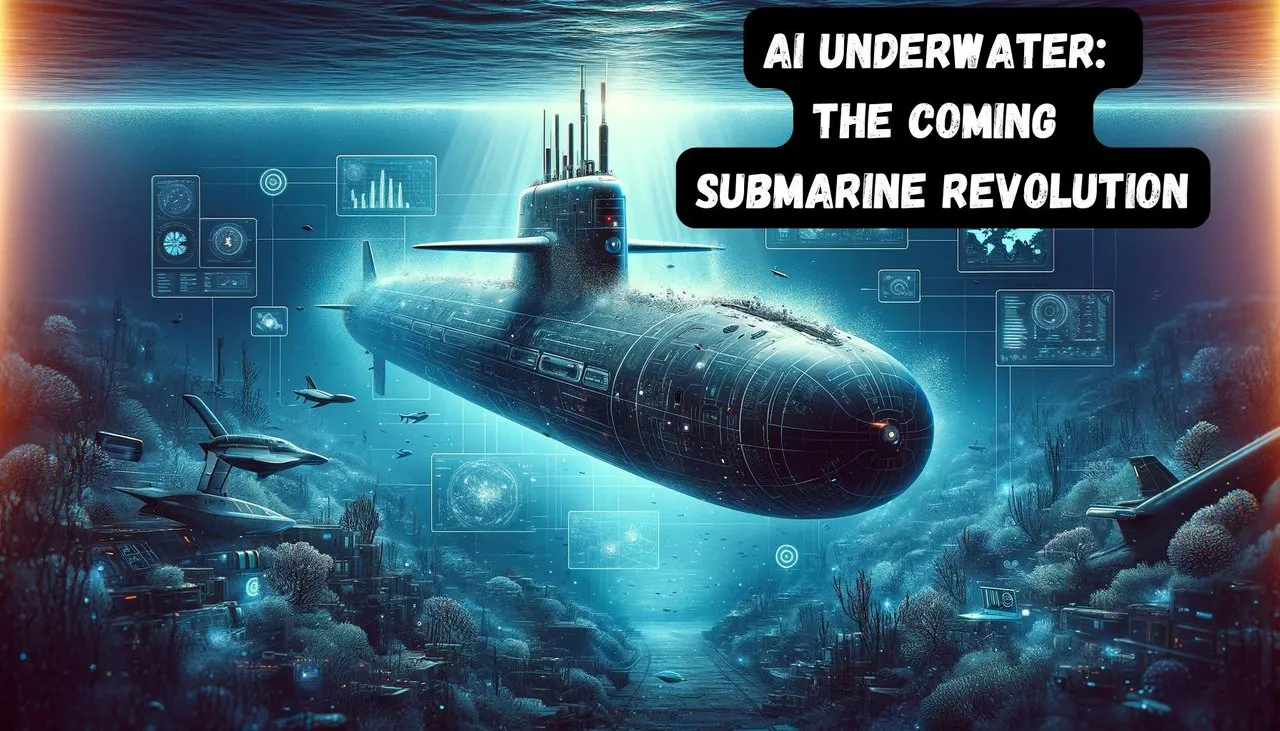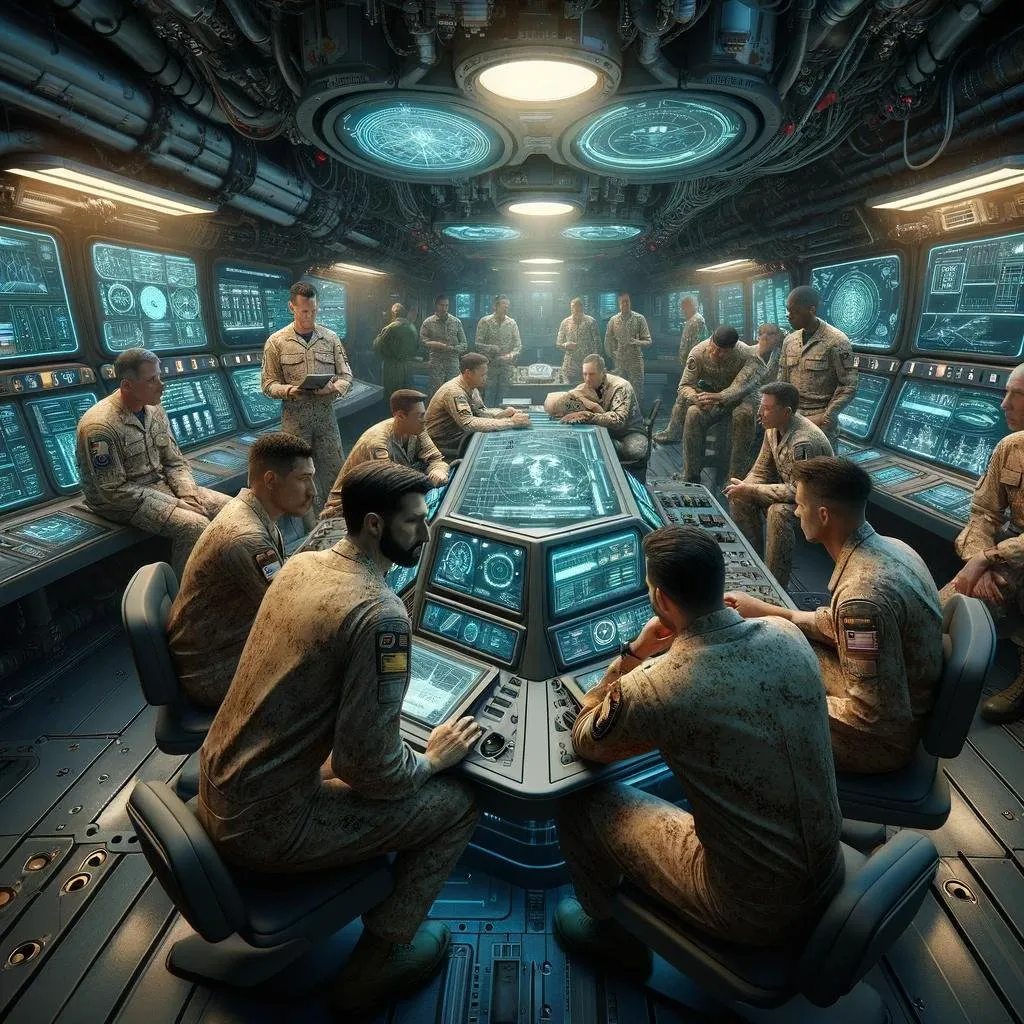
REFERENCES AT THE END OF THIS POST

Introduction: A Watershed Moment in Naval Strategy
The integration of Artificial Intelligence (AI) into submarine operations, courtesy of the AUKUS alliance (Australia, U.S., and U.K.), represents a watershed moment in naval warfare. This strategic shift not only reshapes submarine capabilities but also signals a new chapter in maritime combat.


Revolutionizing Stealth with AI
Submarines have traditionally relied on stealth, with sonar as their mainstay. Yet, sonar's detectability and ecological impact are significant drawbacks. AI emerges as a game-changer, promising enhanced stealth and detection, while mitigating sonar's limitations.
AUKUS: Pioneering AI in Submarine Tracking
In this evolving landscape, the AUKUS partnership's innovative use of AI for submarine tracking marks a pivotal shift. This strategic evolution in naval technology enables more precise and faster detection, leveraging AI to process sonar data and marking a new era in submarine warfare.
Australia's Naval Upgrade: A Strategic Response
As part of this broader strategy, Australia's role within AUKUS takes on new significance. The acquisition of Virginia-class submarines and development of an AUKUS-class submarine by 2040 exemplify Australia's commitment to enhancing its naval capabilities in the Pacific.
Beyond Submarines: AUKUS's Broader Scope
Extending its reach beyond submarines, AUKUS encompasses cyber capabilities and quantum technology. This holistic approach is vital for enhancing interoperability and capabilities across the alliance, ensuring a robust technological front.
The Future of Stealth and Detection
Advancements in AI and technologies like underwater drone swarms could soon challenge traditional submarine stealth tactics, redefining the future of underwater detection.
AI's Role in Military Operations
AUKUS's commitment to AI is evident in its military exercises, showcasing AI's adaptability to evolving mission needs and enhancing decision-making in combat scenarios.
AI's Expanding Role in Warfare
AI's integration into military applications is reshaping combat strategies globally. Its role in unmanned systems and AI-powered defenses signifies a critical shift in modern warfare tactics.
Practical Applications and Training Advancements
AI's contributions extend to training, ocean floor mapping, and health monitoring. These areas are vital for enhancing the preparedness and resilience of naval forces.
Balancing Risks and Benefits
AI's integration in submarines offers quicker threat detection and more accurate identification of acoustic signatures. However, challenges such as potential biases, cybersecurity threats, and validation requirements must be addressed. Ensuring robust safeguards and maintaining human oversight are essential for responsible AI deployment.
The Ethical Dimension: Beyond Warfare
Beyond tactical considerations, ethical concerns in AI applications, including potential impacts on civil liberties and lethal autonomous weapons, necessitate a careful approach. The balance between technological advancement and ethical responsibility is crucial.

Conclusion: Charting a Responsible Course
As the US Navy ventures into this technological revolution, balancing innovation with ethical responsibility is imperative. The integration of AI into submarine warfare, while offering immense potential, requires a commitment to ethical considerations and human oversight. This balance ensures that AI serves as a tool for peace and stability in the world's oceans.


Source:
Here's How The US Navy Is Planning To Use AI In Submarines

Blog Banner and other images were Dall-E 3 generated using my prompts or created using my Canva Pro account except for the INLEO Animated Divider which is courtesy of @ doze